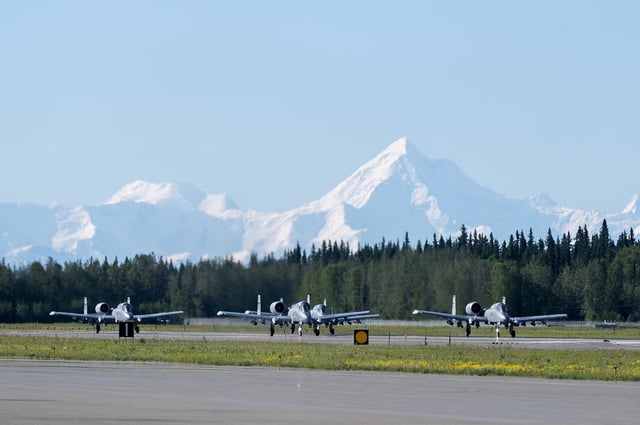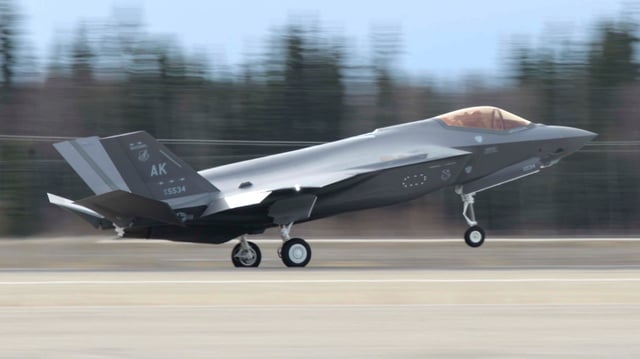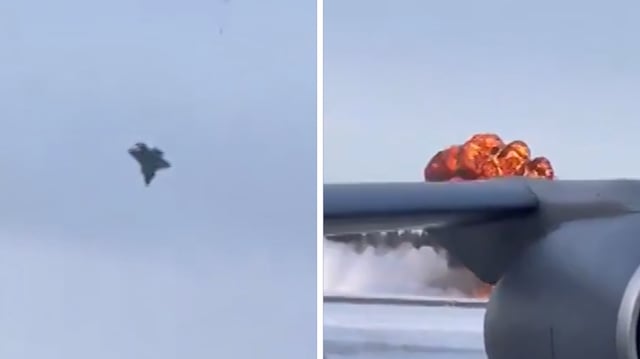Overview
- PACAF investigators say water-laden hydraulic fluid froze in the landing‑gear struts, produced false weight‑on‑wheels signals, forced a switch to ground control laws in flight, and left the jet uncontrollable.
- Testing showed roughly 30% water in the landing‑gear hydraulics and particulate contamination above limits in both the supply barrel and the servicing cart.
- The report cites unsecured fluid barrels, unsupervised servicing, a pump without thread sealer, inadequate line flushing, and short staffing without a dedicated HAZMAT manager.
- The pilot circled for about 50 minutes while consulting Lockheed Martin engineers, performed two touch‑and‑go attempts, and the AIB later said a planned full‑stop landing or controlled ejection would have been the safer choice.
- The pilot ejected with minor injuries and the aircraft, valued at about $196.5–$197 million, was destroyed, while a similar Feb. 6 malfunction linked to frozen contaminated fluid ended safely.



